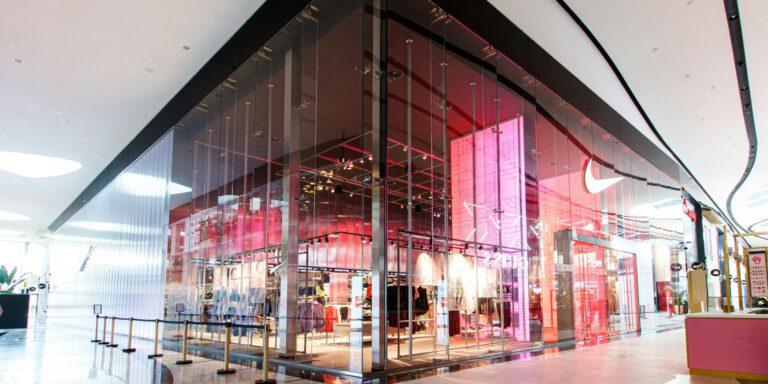As of July 7, 2025, Nevada’s retail sector is experiencing significant growth, driven by innovative developments, consumer preferences, and a steady influx of residents and visitors. According to the Nevada Business Magazine, the retail market in Southern Nevada continues to thrive, with new retailers and concepts entering the market, drawn to the state’s reputation as a premier destination for shopping, entertainment, and tourism. The dynamic mix of both local and national retailers has contributed to an upward trajectory in consumer spending.
Southern Nevada: A Hotspot for New Retail Concepts
In Southern Nevada, particularly in Las Vegas and Henderson, the retail market is booming, with new commercial spaces and shopping centers opening up to meet the demands of the rapidly growing population. As of early 2025, retail vacancy rates in Las Vegas are at a historic low, reflecting a surge in demand for retail space. This surge is fueled in part by the city’s role as a global tourism hub, attracting millions of visitors annually. In addition, local businesses are capitalizing on the increasing demand for convenience-focused retail spaces, such as drive-throughs and quick-service restaurants, which have become integral to consumers’ lifestyles.
Reno’s Retail Growth
Reno, historically known for its gaming industry, is undergoing a retail revolution as well. A growing number of California residents are moving to the Reno-Sparks area, contributing to the expansion of retail and dining options in the region. These newcomers, along with the area’s rising population, have prompted developers to construct new retail centers, restaurants, and entertainment spaces. Additionally, businesses that once operated in California are now seeking opportunities in Reno’s more business-friendly environment, capitalizing on lower taxes and a vibrant, growing market.
The demand for fast-casual dining and drive-throughs in Reno is also a significant trend. Many quick-service restaurants (QSRs) are thriving, with many operators embracing the fast-paced, convenience-oriented market that consumers became accustomed to during the pandemic. This convenience-driven shift in consumer behavior has contributed to the ongoing success of QSRs in the region, with some new brands entering the market to meet the demand.
The Rise of Experiential Retail in Las Vegas
In Las Vegas, traditional shopping malls are evolving to meet new consumer expectations. One exciting addition is the upcoming Museum of Ice Cream Las Vegas, slated to open in 2025. At nearly 30,000 square feet, this immersive, experiential space will not only feature an ice cream buffet and an interactive exhibit but also offer a wedding chapel, hotel suites, and an array of Instagram-worthy installations. This trend of experiential retail, where shopping is combined with immersive entertainment, reflects a broader cultural shift toward seeking unique, multi-sensory experiences rather than just traditional shopping.
Las Vegas has been at the forefront of blending entertainment with retail, as evidenced by the city’s large-scale venues and interactive experiences designed to attract the younger generation. The Museum of Ice Cream is expected to appeal to millennials and Generation Z, who prioritize memorable experiences over traditional retail shopping. The success of this concept could encourage similar developments across the city and beyond.
A Dynamic Retail Ecosystem in Nevada
With these developments, Nevada continues to prove that it is a leader in both retail innovation and consumer experience. From the thriving malls and entertainment venues in Las Vegas to the fast-growing retail scene in Reno, Nevada’s retail sector is adapting to evolving consumer behaviors and trends. The influx of new businesses, particularly those focused on convenience and experience-based shopping, ensures that Nevada remains a top destination for both residents and tourists seeking the latest in retail offerings.
As the state continues to grow, both in population and economic significance, Nevada’s retail ecosystem will remain a cornerstone of its vibrant economy, with continued opportunities for growth and innovation in the coming years.


